Japanese Aesthetics
Introduction
Japanese aesthetics is a set of ancient ideals that encompass the arts and culture of Japan. The study of this subject involves the exploration of a variety of concepts, including wabi-sabi, mono no aware, iki, yūgen, and ma, among others. These concepts have shaped and continue to influence the artistic and cultural expressions of Japan, including literature, visual arts, music, and even daily life.
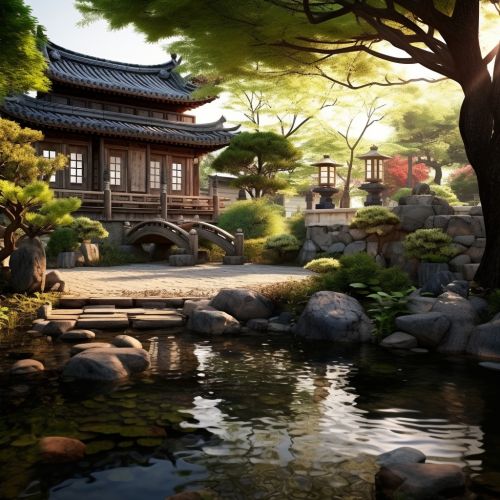
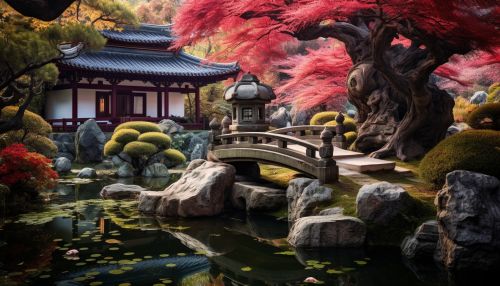
Historical Overview
Japanese aesthetics have evolved over centuries, influenced by various factors such as religion, philosophy, and socio-political changes. The origins can be traced back to the Jōmon period (14,000–300 BCE), where the earliest forms of pottery and figurines exhibited a sense of beauty in their simplicity and rawness. The subsequent Yayoi period (300 BCE–300 CE) saw the introduction of rice cultivation, which led to the development of a more settled and structured society. This period also marked the beginning of the influence of Chinese and Korean aesthetics on Japanese art and culture.
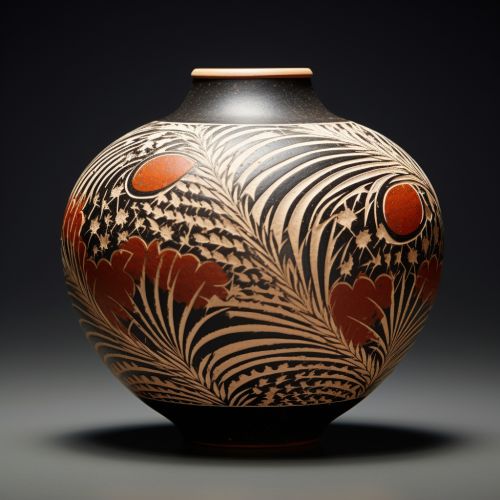
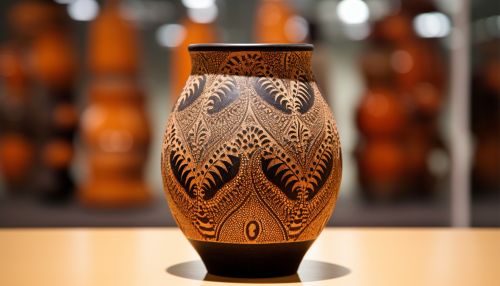
Key Concepts
Wabi-Sabi
Wabi-sabi represents a comprehensive Japanese world view or aesthetic centered on the acceptance of transience and imperfection. The aesthetic is sometimes described as one of beauty that is "imperfect, impermanent, and incomplete". It is a concept derived from the Buddhist teaching of the three marks of existence, specifically impermanence, suffering and emptiness or absence of self-nature.
Mono no Aware
Mono no aware, literally "the pathos of things", and also translated as "an empathy toward things", or "a sensitivity to ephemera", is a Japanese term for the awareness of impermanence, or the transience of things, and a gentle sadness at their passing. The phrase is derived from the word "aware", which in Heian Japan meant sensitivity or sadness, and the word "mono", meaning things.
Iki
Iki is an expression of simplicity, sophistication, spontaneity, and originality. It is ephemeral, straightforward, measured, and unselfconscious. Iki is not overly refined, complicated, or pretentious. Sophisticated but not extravagant.
Yūgen
Yūgen is an important concept in traditional Japanese aesthetics. The exact translation of the word depends on the context. In the Chinese philosophical texts the term was taken from, yūgen meant "dim", "deep" or "mysterious". In the criticism of Japanese waka poetry, it was used to describe the subtle profundity of things that are only vaguely suggested by the poems.
Ma
In Japanese, ma, the word for space, suggests interval. It is best described as a consciousness of place, not in the sense of an enclosed three-dimensional entity, but rather the simultaneous awareness of form and non-form deriving from an intensification of vision.
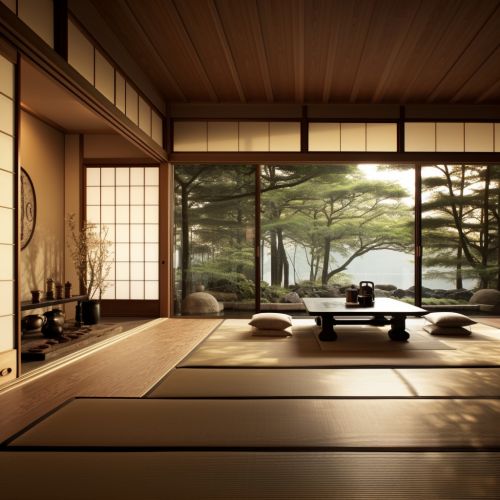
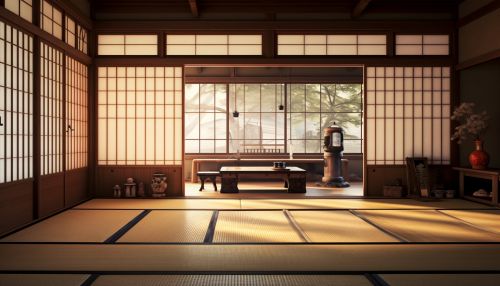
Influence on Art and Culture
Japanese aesthetics have had a profound impact on various forms of art and culture, both within and outside Japan. From the minimalistic elegance of ikebana (the art of flower arrangement) and the disciplined beauty of the tea ceremony, to the architectural grace of traditional Japanese houses and gardens, these aesthetic principles are deeply ingrained in Japanese culture.
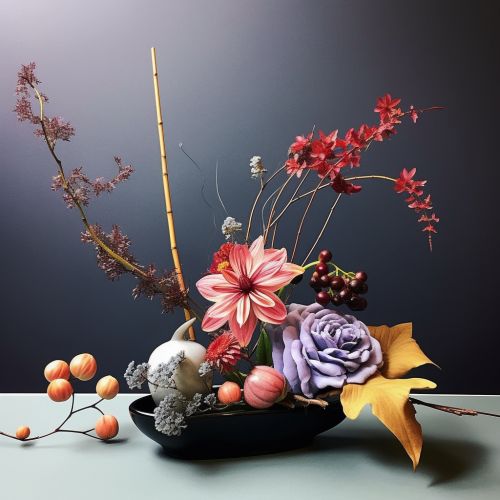
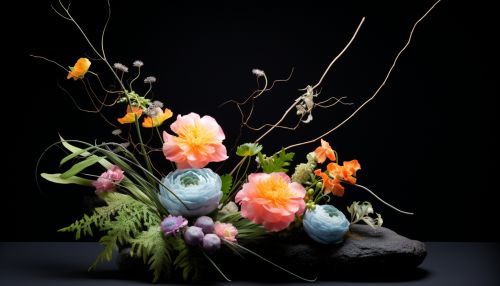
Modern Interpretations and Influence
In the modern era, Japanese aesthetics continue to influence global art, design, and culture. Concepts like wabi-sabi have found resonance in the contemporary minimalist movement, influencing interior design, fashion, and graphic design. Similarly, the principles of ma and iki are reflected in modern architectural designs that emphasize simplicity, functionality, and the integration of natural elements.
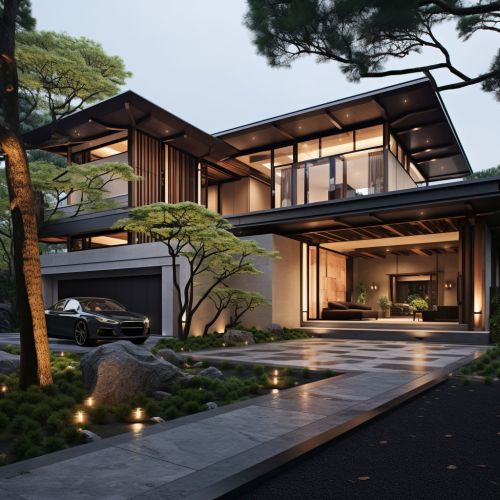

Conclusion
Japanese aesthetics, with its unique concepts and principles, offers a distinct perspective on beauty and art. It emphasizes simplicity, impermanence, and a deep connection with nature, reflecting a cultural and philosophical outlook that continues to resonate in contemporary times, both within and beyond Japan.
